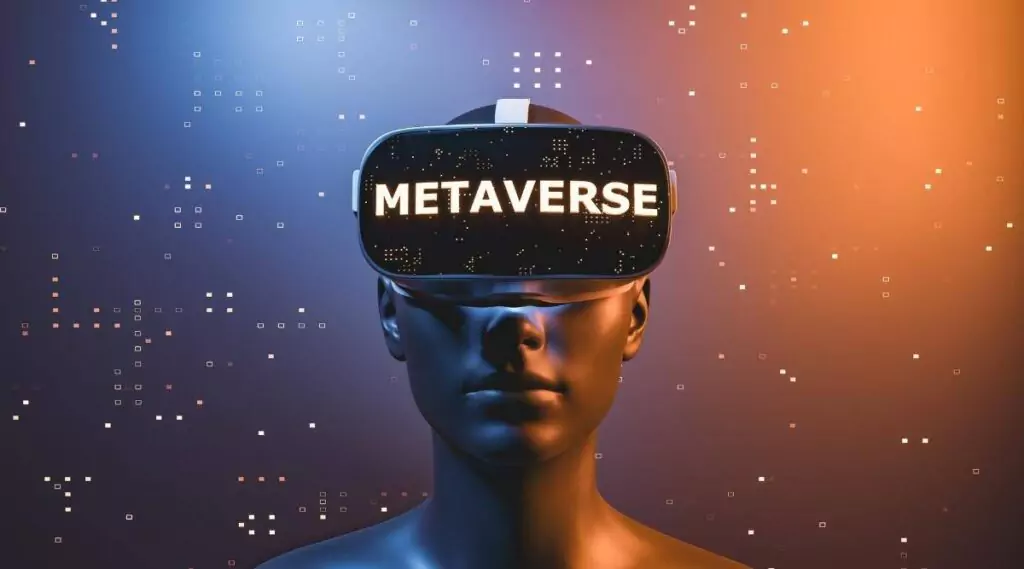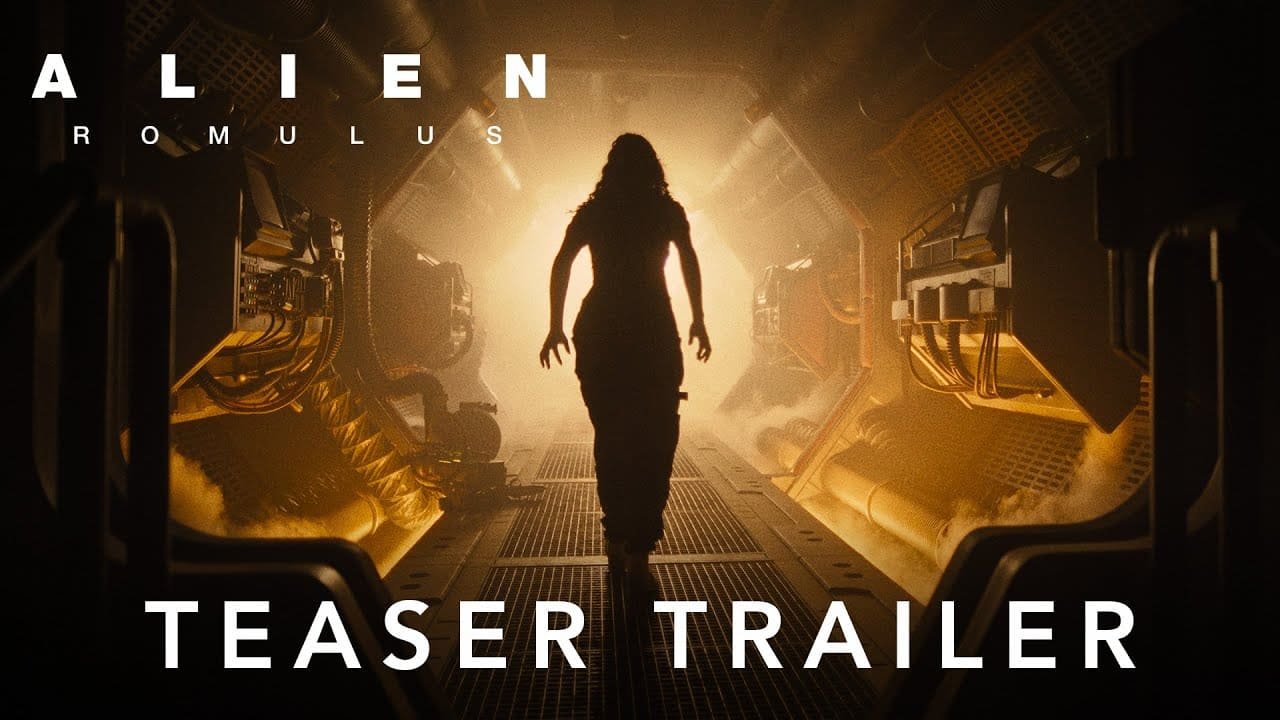
The Metaverse: Redefining Reality and Shaping the Future of Digital Experiences
In recent years, the term “Metaverse” has gained significant attention, stirring the imagination and curiosity of individuals across the globe. The concept of the Metaverse encapsulates a virtual universe where individuals interact with digital environments, avatars, and other users, blurring the lines between the physical and digital realms.
As technology advances and becomes increasingly integrated into our lives, the Metaverse holds the promise of revolutionizing how we socialize, work, play, and explore. In this comprehensive guide, we delve into the intricacies of the Metaverse, discussing its definition, key components, potential applications, challenges, and the impact it may have on society.
What is the Metaverse?
The Metaverse is a virtual universe that encompasses interconnected digital spaces where individuals engage in various activities. This section explores different definitions and interpretations of the Metaverse, highlighting its characteristics and potential.
Historical Context and Influences
The concept of the Metaverse has been influenced by various works of fiction, such as “Snow Crash” and “Ready Player One.” This subsection examines the origins of the Metaverse concept and its evolution, drawing inspiration from literature, movies, and video games.
Core Components of the Metaverse
To understand the Metaverse, it is essential to explore its core components. This subsection delves into virtual reality (VR), augmented reality (AR), mixed reality (MR), blockchain technology, artificial intelligence (AI), and the internet of things (IoT), explaining how these technologies contribute to the creation and functioning of the Metaverse.
The Metaverse is composed of several core components that work together to create immersive and interactive digital experiences. These components include:
Virtual Reality (VR)
VR technology creates a simulated environment that can be explored and interacted with using specialized headsets and controllers. It enables users to feel a sense of presence in a computer-generated world, often replicating real-world experiences or providing entirely fictional environments.
Augmented Reality
AR overlays digital content onto the real world, enhancing users’ perception and interaction with their physical surroundings. AR is typically experienced through smartphones, tablets, or smart glasses, providing a blend of virtual and real-world elements.
Mixed Reality
MR combines elements of both VR and AR, allowing virtual objects and environments to coexist and interact with the physical world. MR enables users to see and manipulate digital content while maintaining a connection to their physical surroundings.

Blockchain Technology
Blockchain plays a crucial role in the Metaverse by facilitating secure and decentralized transactions, verifying ownership of digital assets, and establishing trust among participants. It enables the creation and exchange of unique digital assets, including virtual currencies, NFTs (Non-Fungible Tokens), and virtual property.
Artificial Intelligence (AI)
AI technologies power the intelligent behavior of virtual characters, NPCs (non-player characters), and virtual assistants within the Metaverse. AI enhances user experiences by enabling natural language processing, personalized interactions, and adaptive behaviors.
Internet of Things (IoT)
The IoT connects physical objects and devices to the internet, enabling data collection, sharing, and interaction. In the context of the Metaverse, IoT technologies allow for real-time data exchange between virtual environments and physical objects, creating a seamless connection between the virtual and physical worlds.






